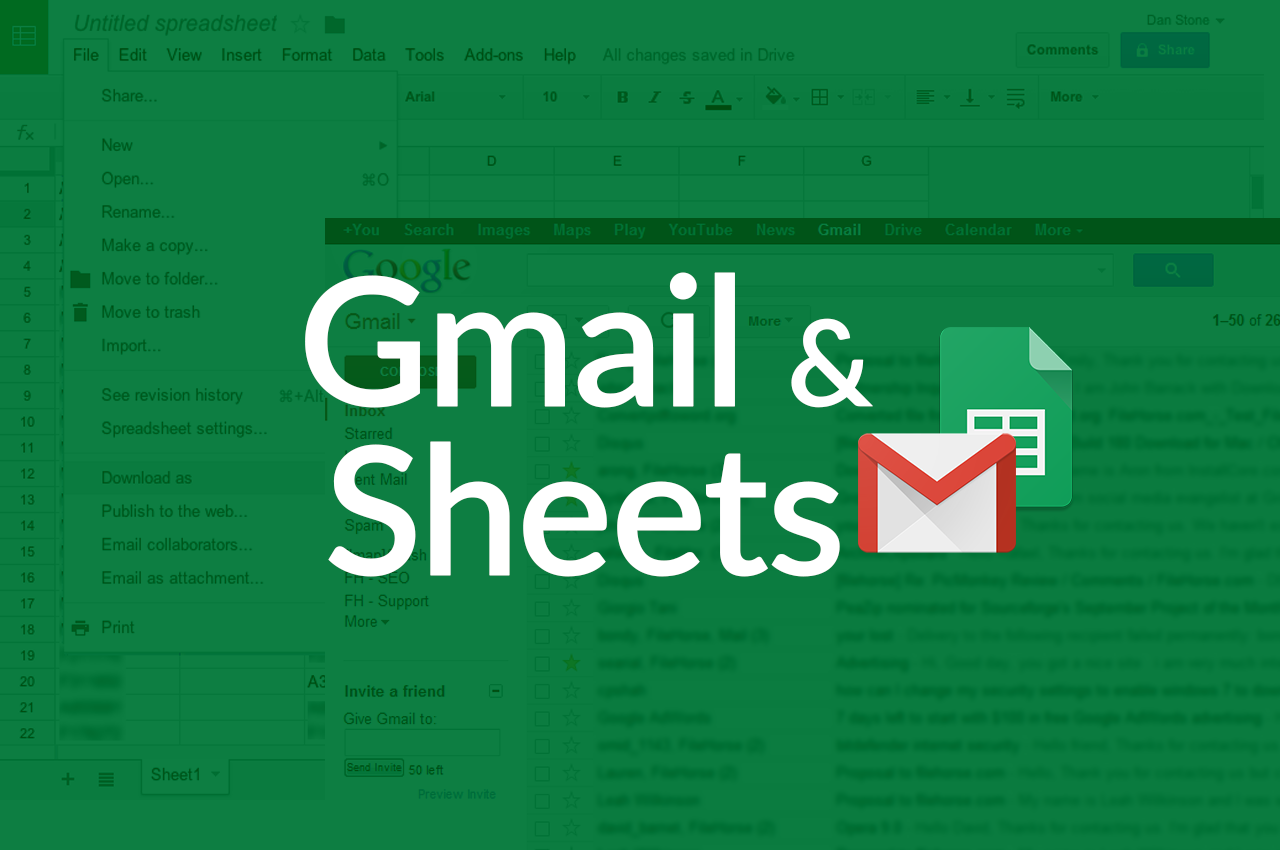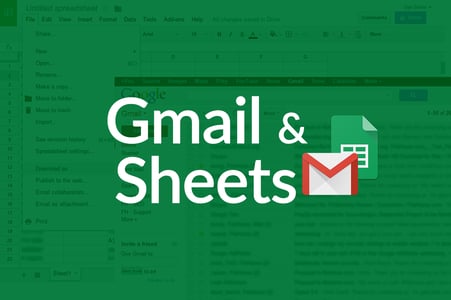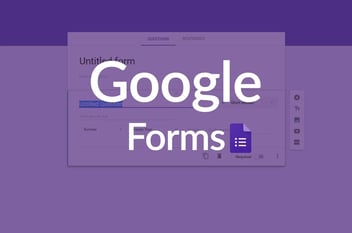Nearly every workflow is initially managed through email. Take a leave request, for example. You send your manager an email, she replies with an approval. You forward the email to HR for record-keeping. Done.
Email is where almost all of our communication and collaboration happens, from quick lunch plans to huge project proposals. It can be a good workflow management option for Google Apps customers because all of your contacts are immediately available.
At its most basic level, a workflow is a set of data + a path for the data to follow. In this situation, the data comes either from the email itself, or from an attached spreadsheet. Spreadsheets allow for unlimited data collection and a common place to store the data.
You can easily choose the path for the data in email. Forward the data to new people and add others to the path as simply as typing their name.

When Email + Spreadsheets Works Great
Email + Spreadsheets is the most basic way to manage workflows. It’s quick and doesn’t take any time to set up. It’s the best choice in these situations:
- All the tasks are human-centric and wouldn’t be better handled by a system
- Documentation and audit trails for individual items are important, but not essential
- The path for the data isn’t set, or often changes in unpredictable ways
- The process only occurs occasionally – not more than a few times a week
- It is a one-time, ad-hoc process that may not be repeated again
When Chaos Comes In
Although it is very agile, using email and spreadsheets to manage a workflow often creates a lot of chaos and confusion. Here are just a few ways that most business users start to see cracks in email’s ability to manage workflows.
No tracking items. Once an email leaves your system, there isn’t a built-in way to track if it has been completed by the next person. You have to manually follow up on each individual item.
No reporting or analysis. Within email, you can’t quickly call up a report to see how well an entire process is flowing. If you want to know how efficiently your service requests are handled, you are stuck looking through your history for old emails.
No setting permissions and visibility on your data. You may not want every person on the path of the workflow to be able to see or edit all of the data in your spreadsheet or email. Or you may want some data to be read-only while other data is editable. This is nearly impossible to do with email and spreadsheets.
No data validations. Because emails and spreadsheets are very free-flowing, it is hard to ensure that all the required data is present and in the right format. After receiving your forwarded leave request email, HR might write back and say they need additional information.
Encourages manual data entry. You may send a reimbursement request as a spreadsheet to your finance team. The person who processes it has to open the spreadsheet and manually enter each item into the finance software. This is not only time consuming, but it opens up possibilities for error. Email + spreadsheets is not the best place when it would be better for systems to talk to each other without the need for human intervention.
Difficult documentation and audit trails. When you need to refer back to an item from a few months ago, it’s possible to recover the email trail, but it can be extremely difficult, especially if you are not sure of the date or if it is a commonly sent email. All of your processes are mixed in with your online shopping and birthday party planning.
Structuring complex items. Let’s say you have a purchase order for $10,000, but the invoices are split into three stages. With email, it is extremely hard to track how much has been paid already and how much is left to pay, unless you have a purchase order tracking system in place.
We’re Going to Need a Better System…
If you can feel the stress of trying to manage Google workflows in email and spreadsheets, then it’s time to think of upgrading to a stronger workflow management system like Kissflow Workflow. Escape the chaos of email and spreadsheets with Kissflow for workflow automation for Google Apps.In the next post we’ll look at the advantages and pitfalls of Google Forms for workflow management in regards to your tracking ability and data validation.














